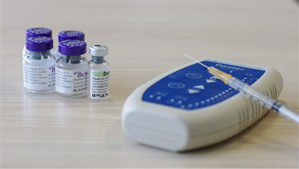Cervical Dystonia
What is cervical dystonia?
Cervical dystonia (spasmodic torticollis) is a condition caused by abnormal contraction of neck and shoulder muscles.
Who does cervical dystonia affect and what causes it?
Cervical dystonia most commonly occurs in middle age female. The cause of this condition is not entirely clear. In some cases, trauma and usage of certain medications (e.g. anti nausea, psychiatric medications) may precede the onset of symptoms.

What are some symptoms of cervical dystonia?
Common symptoms of cervical dystonia include neck pain, twisting of the head and neck as well as head jerking (tremor). In addition to limitation to day-to-day activities, sufferers may also experience social embarrassment and anxiety as a result. Many patients with cervical dystonia can temporarily control the abnormal twisting of head and neck for a short time by using “tricks” such as touching certain parts of the head or neck.
Is there any treatment for cervical dystonia?
There is no cure for cervical dystonia. Although certain oral medications may help, local injection of botulinum toxin into the culprit overactive neck muscles is the most effective treatment. In severe cases not responding to treatment, deep brain stimulation surgery can be considered.
Does cervical dystonia get worse over time?
Most patients tend to stabilise after 5 years. In a small proportion of patients, symptoms can resolve without treatment but remission is usually not sustained.

